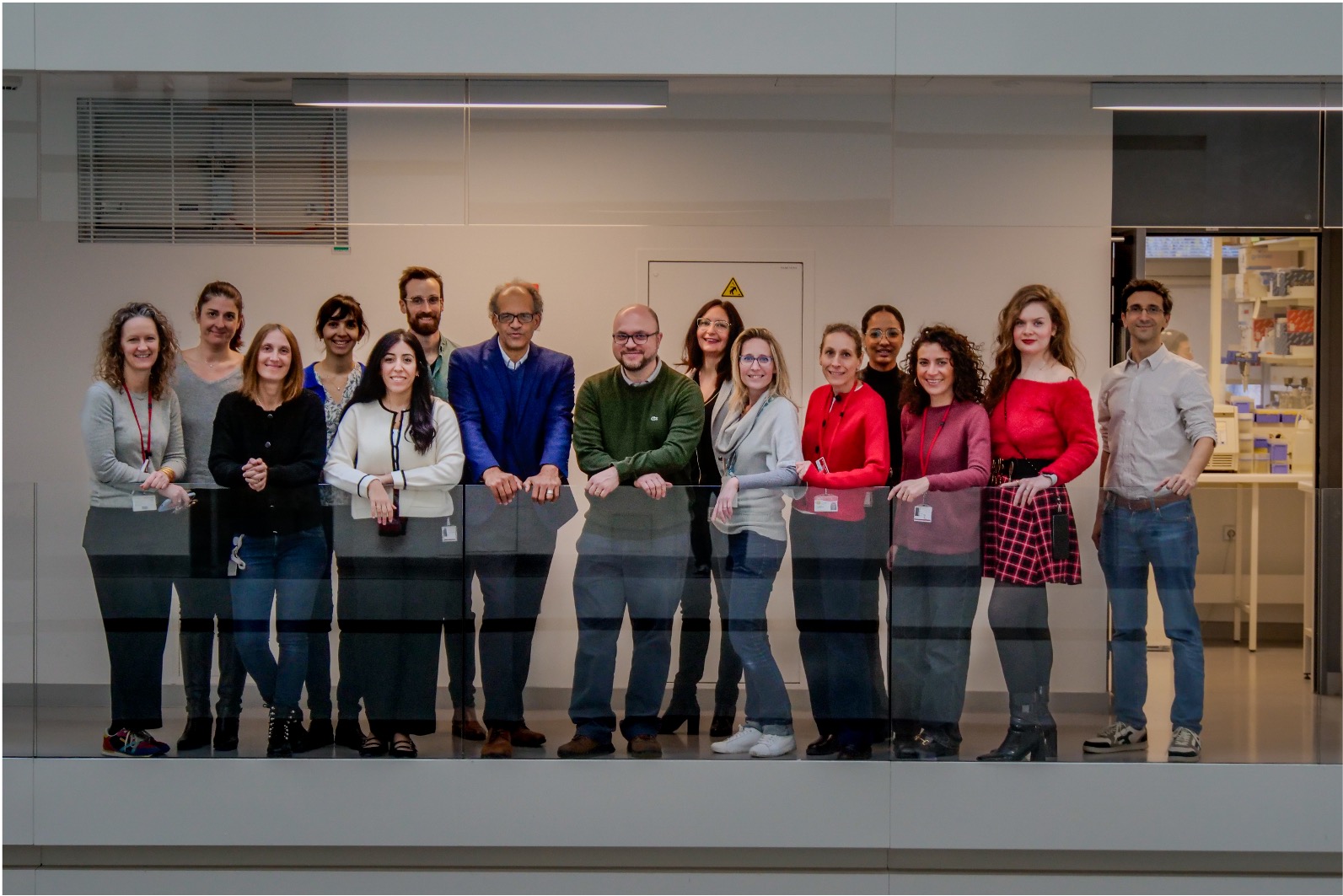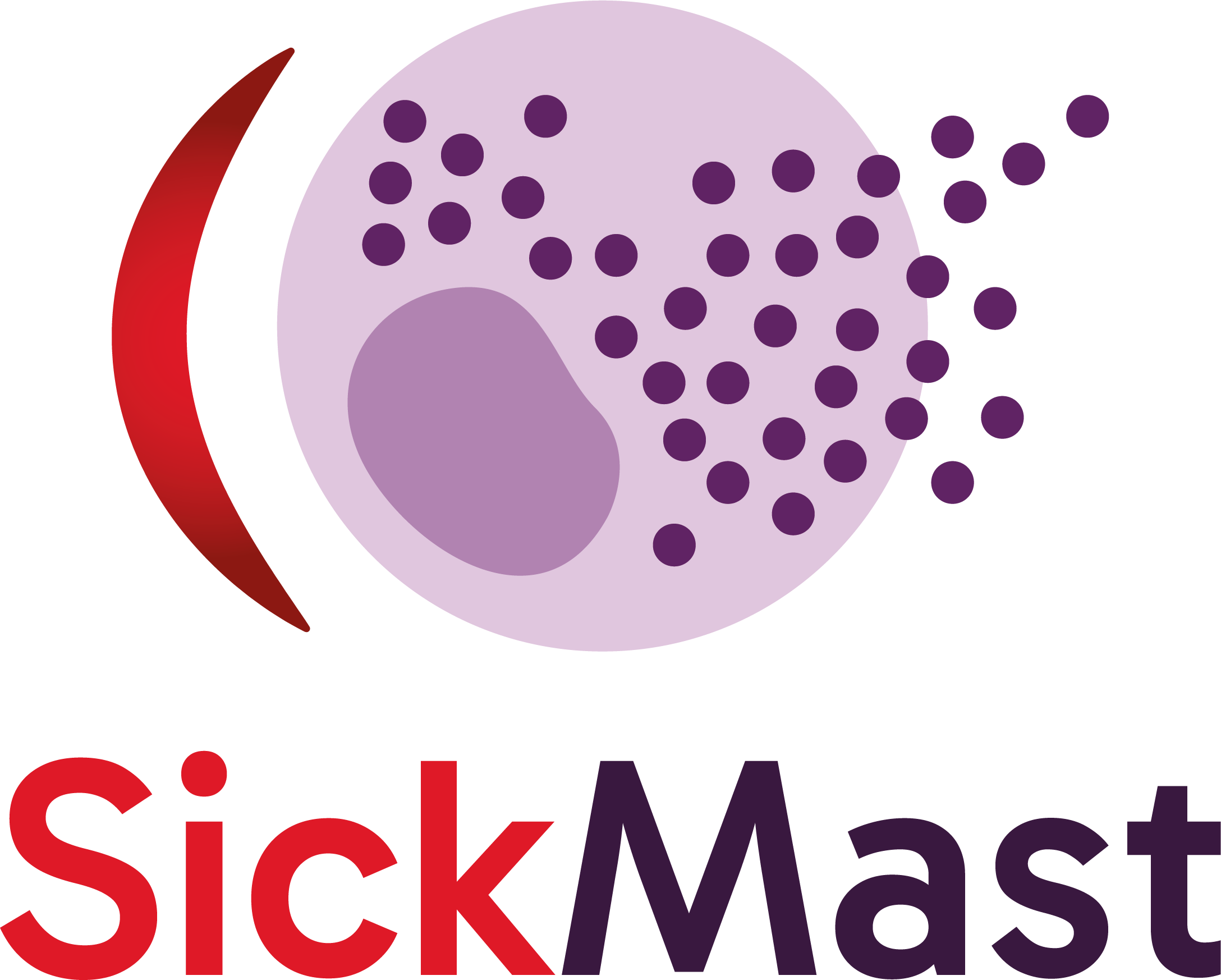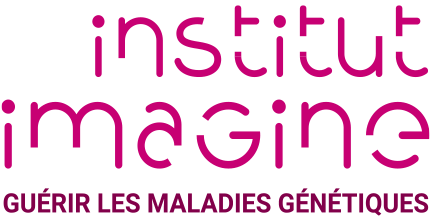Présentation
"Erythropoiesis and Red Blood Cell Disorders"

Recherche translationnelle dans la drépanocytose
Notre programme de recherche vise à décrypter les mécanismes biologiques responsables de la drépanocytose (SCD) et à développer des stratégies thérapeutiques innovantes directement transposables en pratique clinique.
Inflammation et aptitude des cellules souches hématopoïétiques
L’inflammation chronique est une caractéristique majeure de la drépanocytose et affecte profondément la biologie des cellules souches et progénitrices hématopoïétiques (HSPC). Nous étudions les voies inflammatoires qui altèrent la fonctionnalité des cellules souches et limitent l’efficacité à long terme de traitements tels que la thérapie génique et la greffe allogénique.
Nos objectifs sont de :
- Restaurer la capacité fonctionnelle des HSPC dans la drépanocytose.
- Améliorer l’efficacité et la durabilité de l’engraftement des cellules modifiées.
- Définir des biomarqueurs permettant de stratifier les patients pour optimiser les approches thérapeutiques.
Ce projet est mené en étroite collaboration avec la Pr. Marina Cavazzana et le laboratoire de la Dr. Annarita Miccio, assurant une forte synergie translationnelle entre recherche fondamentale et application clinique.
Ces travaux apportent des éclairages mécanistiques sur la dysfonction hématopoïétique induite par l’inflammation et peuvent servir de modèle pour d’autres maladies hématologiques ou contextes liés au vieillissement.
Projet RHU Sickmast
L’un de nos projets phares est le RHU Sickmast, financé dans le cadre du programme Recherche Hospitalo-Universitaire (RHU). Ce projet multidisciplinaire ambitieux est coordonné par le Pr. Olivier Hermine, avec le Dr. Thiago Trovati Maciel en tant que directeur scientifique et le Dr. Slimane Allali en tant que directeur clinique.
Le défi
La drépanocytose est l’une des maladies génétiques les plus répandues dans le monde. Elle est causée par une mutation du gène de l’hémoglobine, entraînant une anémie chronique et des crises vaso-occlusives (CVO) douloureuses, responsables d’une morbidité importante et d’une qualité de vie réduite. Malgré les progrès dans la prise en charge, de nombreuses complications restent imprévisibles et difficiles à contrôler.
Notre hypothèse
Au-delà de son origine érythrocytaire, la drépanocytose est également une maladie immunitaire. Nos travaux suggèrent que l’activation des mastocytes joue un rôle clé dans les complications aiguës et chroniques. L’élévation des médiateurs mastocytaires observée lors du syndrome thoracique aigu soutient l’hypothèse selon laquelle l’activation immunitaire accélère la progression de la maladie.
Objectifs
Le projet Sickmast vise à :
- Constituer une vaste base de données clinique et biologique de patients drépanocytaires.
- Identifier des biomarqueurs d’activation mastocytaire associés aux complications.
- Développer de nouvelles approches thérapeutiques ciblant les mastocytes et leurs médiateurs.
- Traduire ces découvertes en études précliniques et cliniques pour réduire les CVO et améliorer les résultats cliniques.
Impact
En redéfinissant la drépanocytose comme à la fois une maladie des globules rouges et une pathologie immuno-médiée, Sickmast a le potentiel de transformer la prédiction, la prévention et le traitement des complications. Ce projet contribuera aussi à la création de propriété intellectuelle et au renforcement des partenariats académiques et industriels, accélérant ainsi le transfert des découvertes vers la clinique.
Nouvelles stratégies thérapeutiques
Lors du congrès annuel de l’American Society of Hematology (ASH) 2025, nous avons présenté des données précliniques sur le luspatercept (RAP-536), un récepteur piège de ligands déjà approuvé dans d’autres hémopathies, qui montre un potentiel prometteur dans la drépanocytose.
Principaux résultats
- GDF-11, un régulateur négatif de l’érythropoïèse, est significativement augmenté chez les patients drépanocytaires et dans les modèles murins, corrélé à un défaut de maturation érythroïde.
- Le traitement par RAP-536 améliore l’anémie et réduit l’hémolyse chez les souris HbSS, avec une augmentation des globules rouges, de l’hémoglobine et de la capacité de transport de l’oxygène.
- RAP-536 diminue la congestion vasculaire, le stress oxydatif (ROS) et la splénomégalie, tout en favorisant la maturation érythroïde dans la rate et la moelle osseuse.
- Ces effets sont indépendants de l’induction de l’hémoglobine fœtale (HbF), révélant un mécanisme d’action complémentaire.
Stratégies combinatoires
- Le RAP-536 montre une synergie avec des inducteurs d’HbF tels que l’hydroxyurée, le tazémétostat et le FTX6058.
- En particulier, la combinaison RAP-536 + FTX6058 améliore la production de globules rouges et la résistance aux CVO induits par hypoxie/réoxygénation.
- Ces résultats soutiennent des stratégies thérapeutiques combinées ciblant à la fois l’érythropoïèse et l’induction d’HbF.
Implications
Ces données précliniques placent le luspatercept comme un candidat thérapeutique prometteur pour traiter à la fois l’anémie et les complications vaso-occlusives dans la drépanocytose. Elles justifient son évaluation clinique dans cette population de patients à fort besoin médical.
Impact global
En associant investigation mécanistique, découverte de biomarqueurs et innovation thérapeutique, nos travaux contribuent à :
- Optimiser les protocoles de thérapie génique via l’amélioration de l’engraftement.
- Étendre le champ thérapeutique avec des approches immuno-ciblées comme Sickmast.
- Explorer de nouveaux agents pharmacologiques tels que le luspatercept.
- Définir des stratégies combinées associant inducteurs d’HbF et stimulateurs de l’érythropoïèse.
Ces efforts visent à redéfinir les paradigmes thérapeutiques de la drépanocytose et à accélérer la transition des découvertes du laboratoire au lit du patient.

Ressources & publications
-
 2020Journal (source)Haematologica
2020Journal (source)HaematologicaInnate immune cells, major actors of sickle cell disease pathophysiology.
-
 2019Journal (source)Haematologica
2019Journal (source)HaematologicaA novel, highly potent and selective phosphodiesterase-9 inhibitor for the tr...

